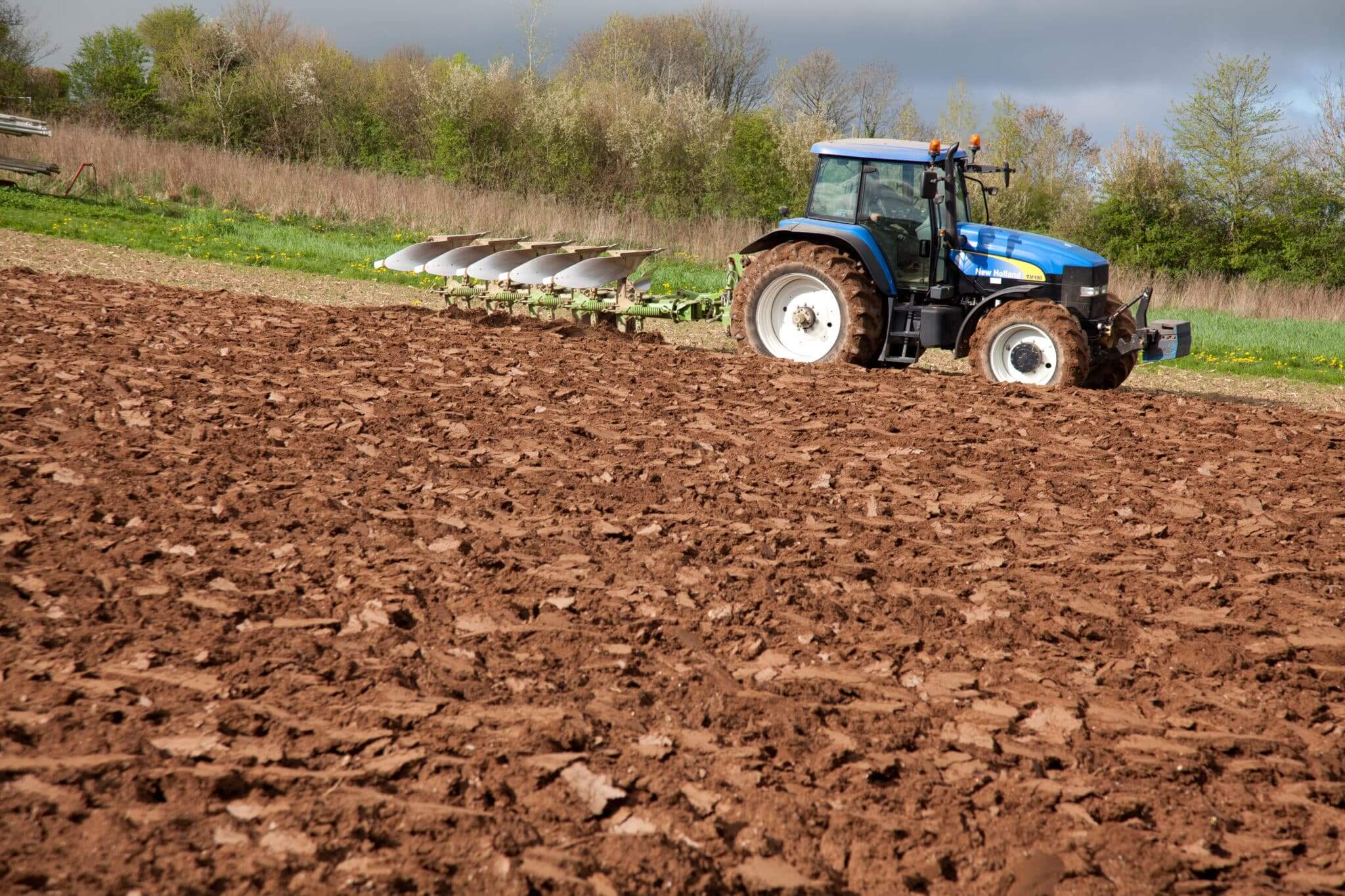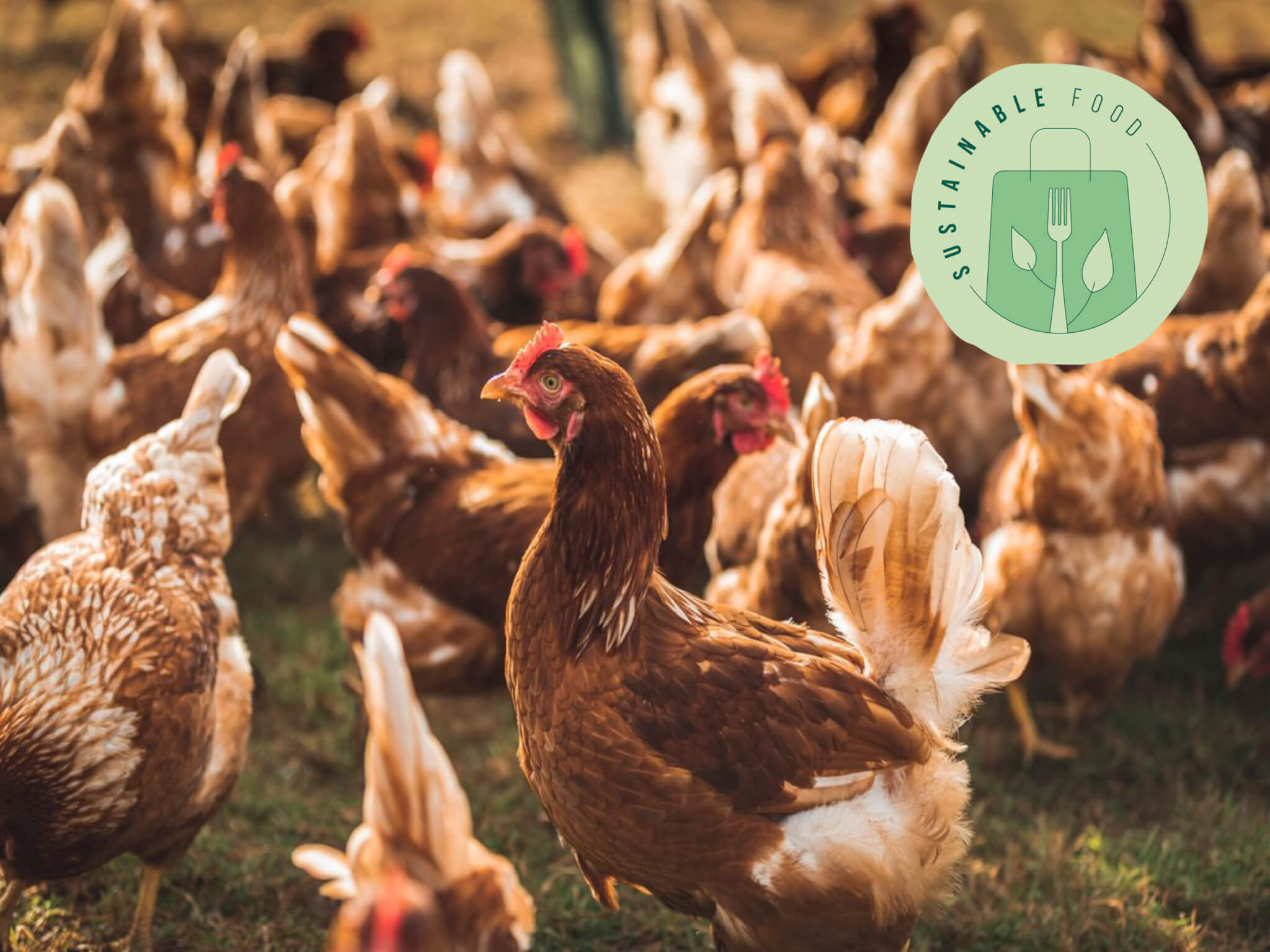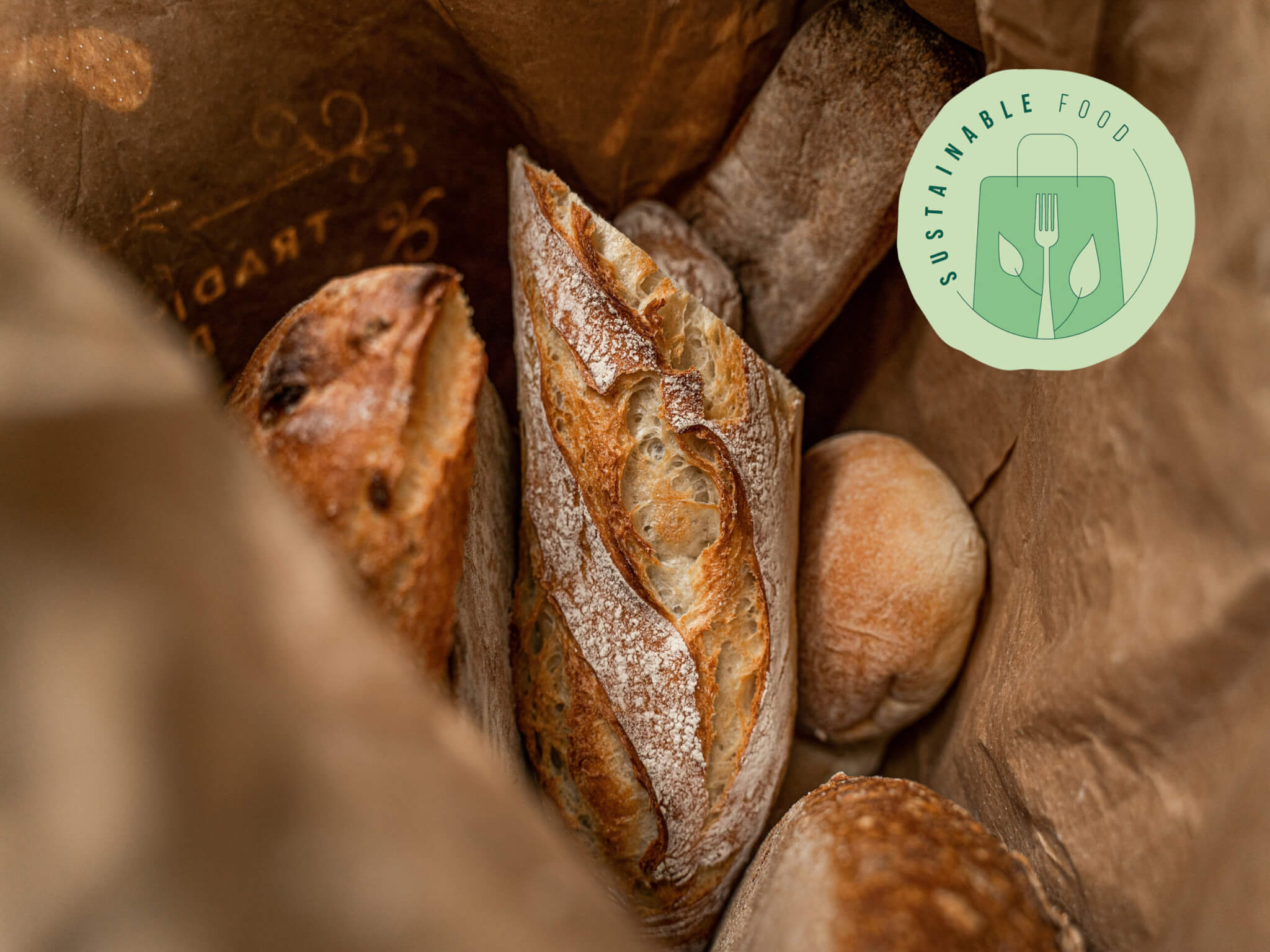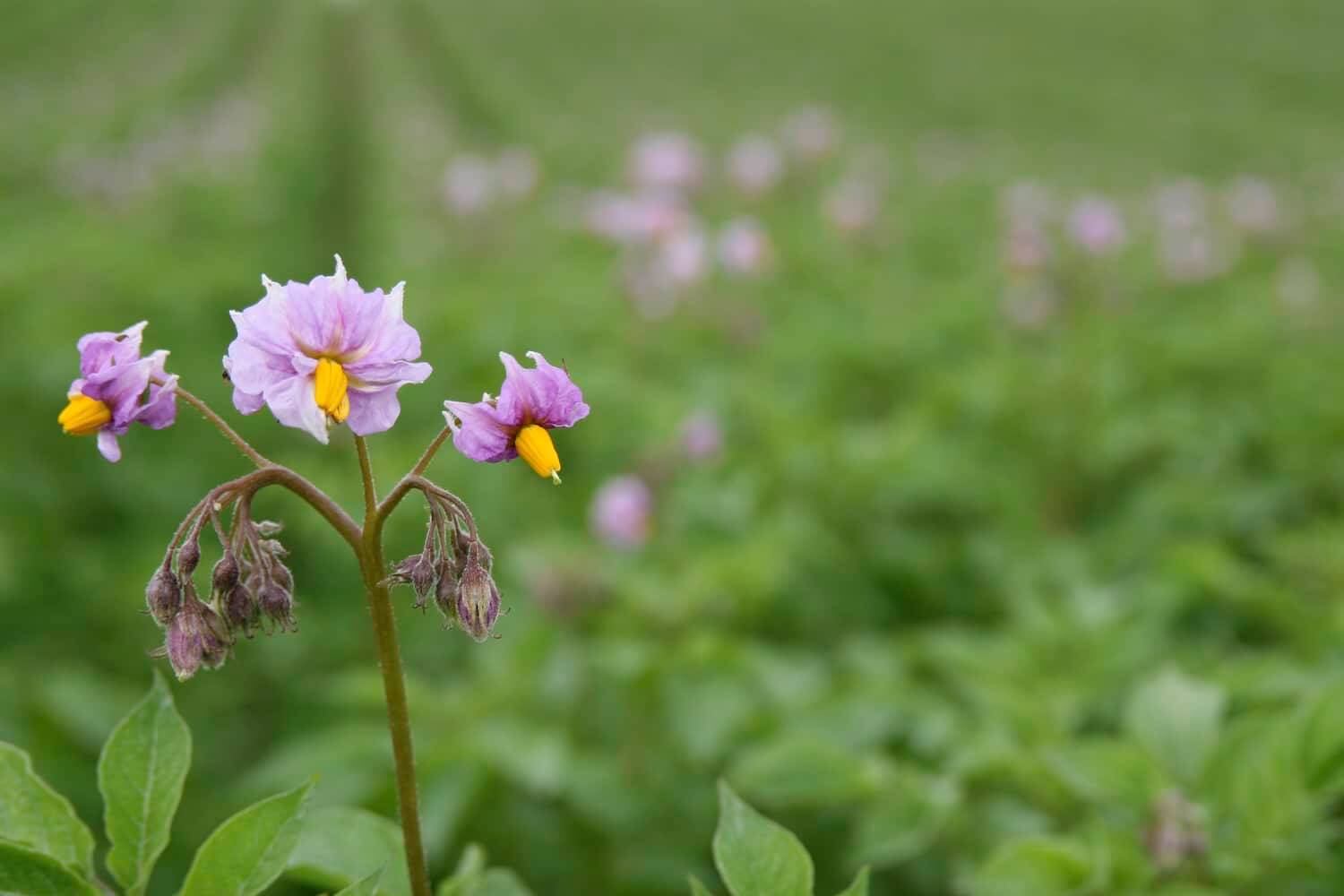The Hungry Gap is the hardest time of year for UK farmers: a few weeks, usually in April, May and early June, after the winter crops have ended but before the new season’s plantings are ready to harvest.
It all comes down to the UK’s latitude. We sit right at the geographical limit for many spring crops, which would not survive our cold winter temperatures if grown any earlier. At the same time, as the days warm up into spring, many hardy winter crops like sprouts, kales, and caulis ‘bolt’ (abandon leaf growth to start producing flowers and seeds). The result is unproductive fields and fewer British-grown crops. In fact, Riverford’s 100 per cent British veg box has to stop completely for a few weeks every year.
If it’s such a dire time, why hasn’t everyone heard more about the Hungry Gap before – or noticed its impact on their plates?
Airfreight and artificial heat
The name ‘the Hungry Gap’ harks back to a time when an empty field really meant going hungry. Traditionally, the gap had to be bridged with a spartan diet of cabbage, old potatoes, and fruits preserved during kinder months. These days, however, very few people eat a local, seasonal diet; the supermarkets can easily top up their shelves with even more imported produce, or crops grown in the UK under heated glass, and no one need notice the difference.
Of course, we don’t want anyone going hungry – but unfettered airfreight and artificial heat isn’t an environmentally responsible solution. Over the years, Riverford has worked out a pretty good system of workarounds and intelligent compromises, allowing us to keep our veg boxes varied, fresh and full without sacrificing our founding values.
Finding a better way
Like the supermarkets, we rely more on imported produce during the Hungry Gap. However, whether in the UK or abroad, we only work with small-scale organic farmers that we know, trust, and look after for the long term.
Importing isn’t a perfect solution, but it’s far less damaging than growing the same crops in the UK using artificial heat. Take the example of tomatoes. The huge amounts of heat used in glass hothouses is produced by burning gas or oil. For every kilo of tomatoes this way, 2-3 kilos of CO2 are released into the atmosphere. Trucking tomatoes over from Spain uses just a tenth of the carbon compared with growing them in the UK using heat. It’s not perfect, but it’s the least damaging option.
Our imports are always brought over by land or sea, never by air. Airfreight causes 40-50 times the CO2 emissions of sea freight.
Guy’s French farm
Seven years ago, Riverford founder Guy Singh-Watson decided on an interesting addition to his armoury against the Hungry Gap: he’d buy his own farm in France. Le Boutinard is 10 miles from the coast, in the Vendée region of Western France. He chose the situation very carefully: the light and rainfall there are just right for producing a bounty of colourful spring crops that are ready to harvest just a few vital weeks ahead of the UK. It’s environmentally friendly, too: by road, Le Boutinard is the same distance from our Devon farm as the Fens.
Using our imagination
As well as all these solutions from overseas, we’ve learned to be a bit more resourceful with what greenery we can gather on our own shores. Foraged wild garlic and bitter dandelion leaves both offer some welcome pep for palates that are dulled with winter stodge.
On our Devon farm and with our local South West growers, we also grow lots of Hungry Gap kale. The clue’s in the name: this reliable variety is at its best when the rest of its kale-y cousins have bolted, and has been helping people bridge the gap for generations.










0 Comments